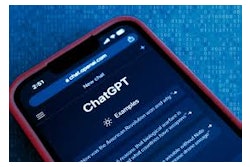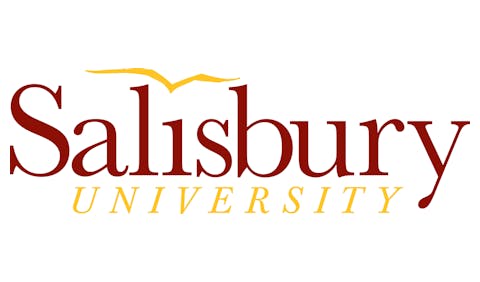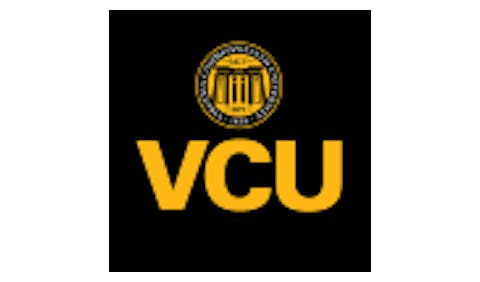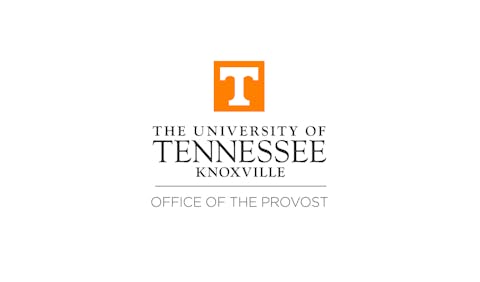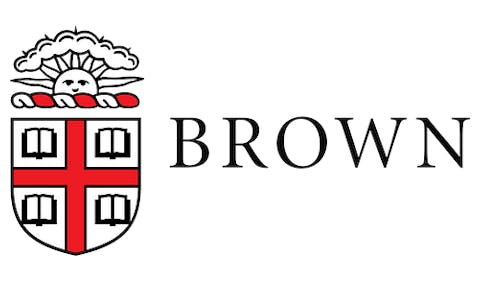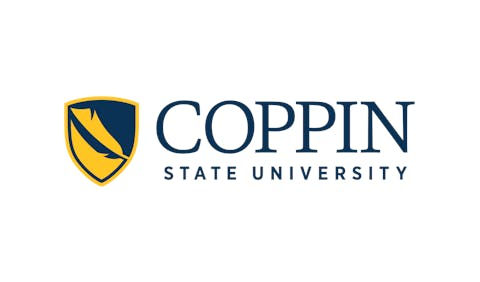
The 2025 Student Voice Report found that 56% of individuals who have never enrolled in college cited financial uncertainty as their main reason for avoiding higher education, while 53% of high school students who don't plan to attend college identified cost as their top concern. Among students who left college without completing their degrees, nearly a quarter said they cannot afford upfront costs to return.
“Too often, learners are forced to pause or abandon their education because the path forward feels uncertain or unaffordable,” said Laura Ipsen, Ellucian's president and CEO. “This year's Student Voice Report shows that many are ready to return if given the right support.”
The findings underscore persistent affordability challenges that have long plagued American higher education, particularly as student debt levels have reached historic highs. The survey revealed that 15% of students who stopped out cited existing student debt burdens as a barrier to returning to school.
Beyond financial concerns, the research identified significant confusion among students about their educational options and pathways to completion. Only 22% of students who left college without graduating understand their remaining credit requirements, while just 15% feel confident navigating credit transfer processes.
This lack of clarity represents a substantial missed opportunity for institutions, as 60% of stop-out students indicated they would return to college if provided with a clear path to completion.
The survey found that better communication and support systems could dramatically improve student re-engagement rates.
“There is a significant opportunity to support re-entry and lifelong learning by clarifying pathways,” the report noted, suggesting that institutions invest in improved advising systems and credit transfer tools.
The survey revealed strong interest in alternative credentials once students understand their options, though awareness remains limited. More than half of individuals who never enrolled in college were unaware that non-degree program options existed, while 74% of current college students couldn't clearly define what non-degree programs entail.
However, when informed about these alternatives, support jumped significantly. Among college graduates, 79% saw value in non-degree programs, along with 67% of current students and 58% of those who never enrolled. This suggests substantial untapped demand for flexible credential options that align with workforce needs.
Dual enrollment students showed particularly strong interest in workforce-relevant pathways, with 76% valuing non-degree programs and 59% emphasizing the importance of upskilling opportunities.
The research highlighted significant shifts in how prospective students gather information about educational opportunities. A quarter of high school students now identify social media as their primary source of education information, while more than half use social platforms as part of their research process.
Additionally, 30% of high school students plan to complete their entire college education online, indicating growing acceptance of digital learning formats. These trends suggest institutions must adapt their outreach and communication strategies to meet students where they consume information.
Despite barriers to initial enrollment, the survey found robust interest in continued education among current students. An overwhelming 87% of college students intend to pursue additional credentials beyond their current programs, with 44% planning to do so within the next year.
This finding points to evolving student expectations around education as a continuous process rather than a discrete phase of life, presenting new opportunities for institutions to develop programs that serve learners throughout their careers.
Conducted in partnership with EMI Research Solutions between February and March 2025, the survey included carefully stratified samples across demographic groups. The research encompassed high school students, current college students, graduates, stop-outs, and opt-outs to provide comprehensive insights across the education spectrum.
The demographic breakdown included 55% female and 45% male respondents, with strong representation across generational lines: 50% Gen Z, 26% Millennials, 15% Gen X, and 9% Baby Boomers and older. Racially, the sample was 54% White, 20% Black, 9% Hispanic, 5% Asian, and 11% multiracial or other backgrounds.
Notably, 57% of respondents reported household incomes below $60,000 annually, highlighting the particular challenges facing lower-income families in accessing higher education.
The findings suggest that institutions focusing on financial aid transparency, improved academic advising, and flexible program options could significantly improve both enrollment and completion rates. As educational costs continue rising and workforce demands evolve, addressing these fundamental barriers may prove crucial for the sector's long-term sustainability and accessibility.








